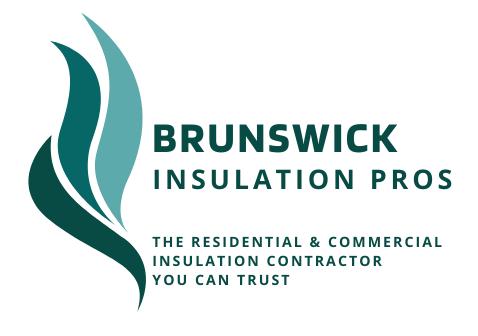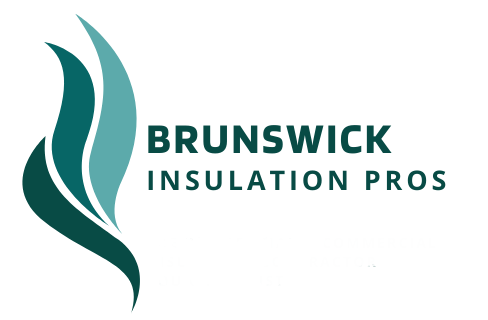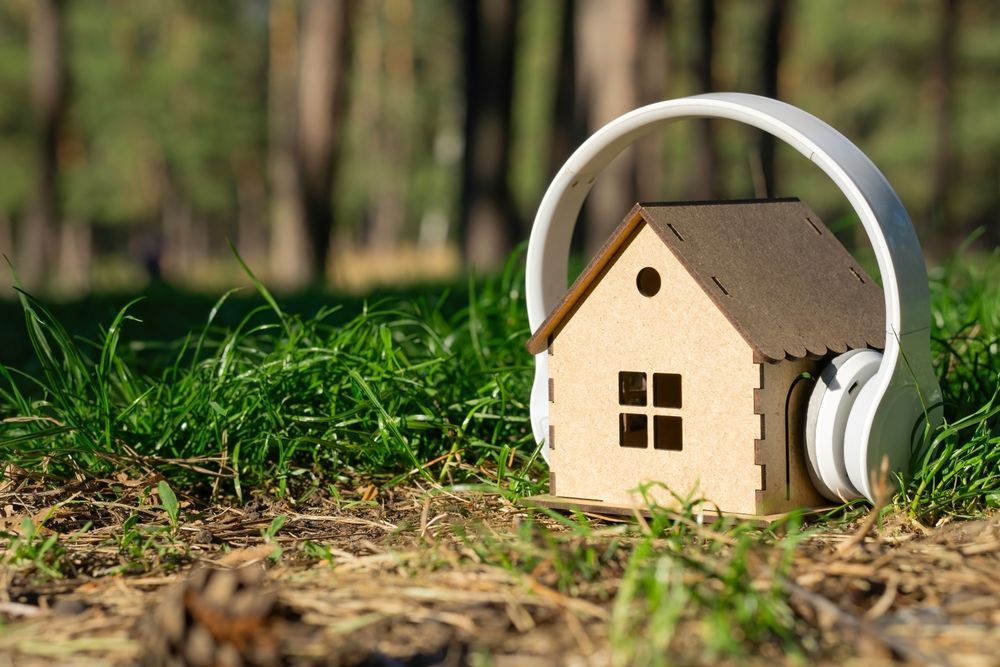The Ultimate Guide to Attic and Crawlspace Insulation Removal and Replacement with Brunswick Insulation Pros
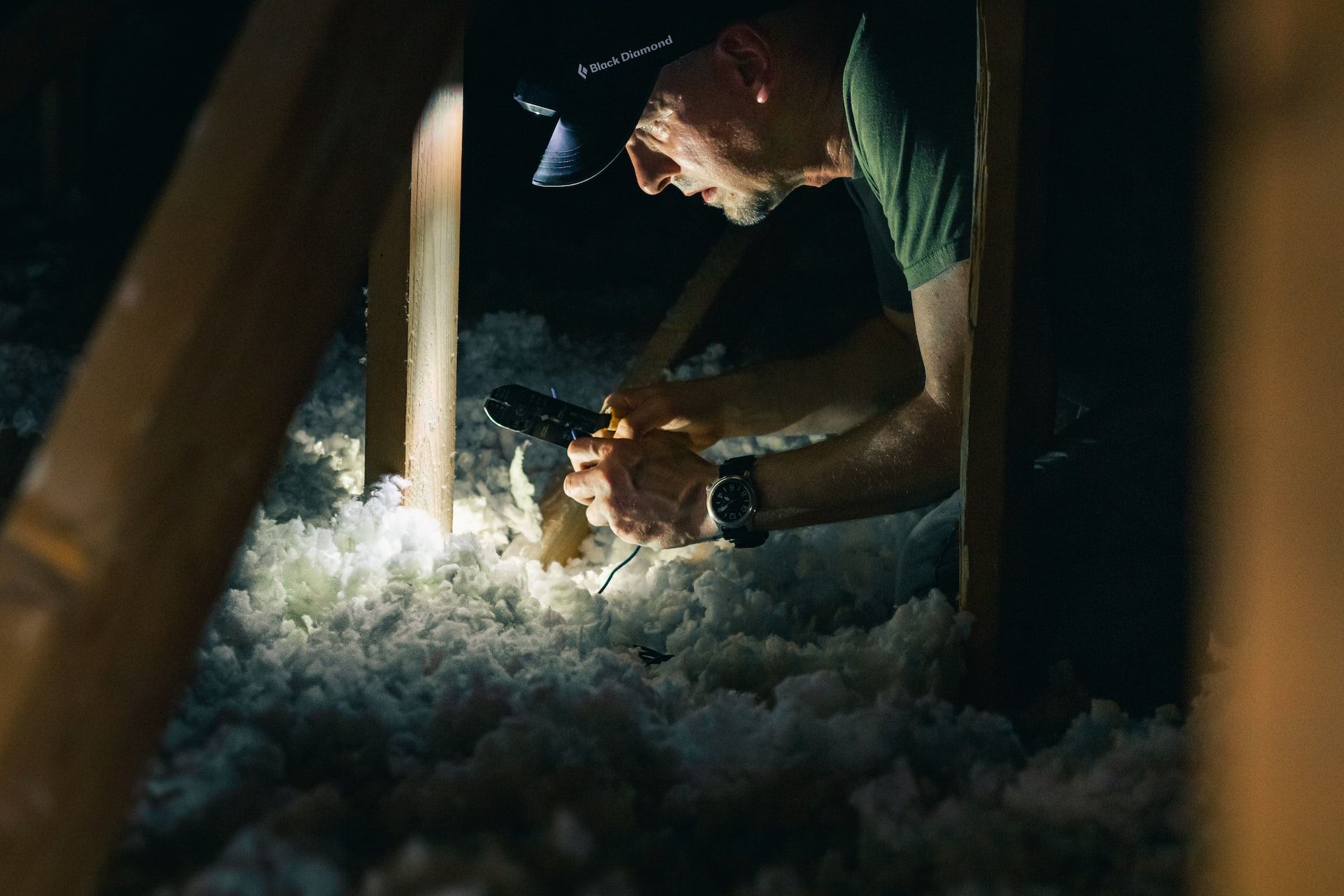
Insulation is essential for your property to regulate your home's temperature, reduce energy bills, and prevent moisture-related issues. Attics and crawl spaces are critical to insulating correctly, as they can significantly improve your home's energy efficiency and the usability of the attic space. However, old or damaged insulation can become ineffective, leading to various problems. In this guide, you will identify when insulation removal is necessary and how to approach the replacement process professionally.
Do you have an attic that is not insulated or has pest and mold-infested insulation that needs restoration?
Then you can confidently call Brunswick Insulation Pros at (908) 948-8083 for a Free Estimate of your attic insulation replacement project. We have a decade of experience in Attic Restoration and Attic Insulation.
Old Insulation Removal and New Insulation Replacement:
Signs and Benefits
Signs You Need Old Insulation Removal and New Insulation Replacement
It is crucial to identify the perfect time to remove insulation. Here are some key indicators that suggest the time for insulation removal:
- Moisture and Mold: If you notice moisture buildup or mold growth in your crawlspace or attic (possibly due to leaks in the roof), it clearly indicates that the insulation is compromised and needs immediate attention.
- Age of Insulation: Insulation materials degrade over time. If your insulation is over 15-20 years old, it likely needs replacement.
- Pest Infestation: Rodents and other pests often make nests in insulation, contaminating it and reducing its effectiveness.
- High Energy Bills: An unexplained increase in energy bills may indicate that your insulation is no longer performing efficiently.
- Physical Damage: Torn, compressed, or visibly damaged insulation should be replaced to maintain optimal performance.
Importance of Professional Insulation Removal and Replacement Services
Removing insulation might seem like a task you can handle, but it comes with significant risks. Here's why hiring an insulation professional like Brunswick Insulation Pros is the safer and more effective option:
- Prevent Potential Health Risks: Old insulation may contain asbestos, mold, or rodent droppings, which can be hazardous to your health if not handled properly.
- Use of Proper Equipment: Professionals have specialized equipment for safe and efficient insulation removal and placing new insulation.
- Proper Disposal of Old Insulation: Proper disposal of old insulation materials is crucial to avoid environmental contamination and adhere to local township and state regulations.
- High Energy Bills: An unexplained increase in energy bills may indicate that your insulation is no longer performing efficiently.
- Knowledge and Expertise in Attic Insulation Restoration: Professionals are trained to identify underlying problems in your attic insulation that an inexperienced eye could miss.

Our Insulation Replacement: Preparation & Process
Insulation Removal Process
Professional insulation removal involves several steps to ensure safety and thoroughness. Here's what you can expect:
- Initial Attic Assessment: A thorough inspection of the area to determine the extent of the old insulation removal needed.
- Containment of Contaminants: Setting up containment barriers to prevent the spread of contaminants on old insulation.
- Old Insulation Removal: Professionals carefully remove the old insulation using specialized equipment, ensuring minimal disturbance to the surrounding areas.
- Vacuuming the Attic Thoroughly: High-powered vacuums with HEPA filters clean up any remaining debris and dust.
- Disposal of Old Insulation: Proper disposal of old insulation materials according to local regulations is required.

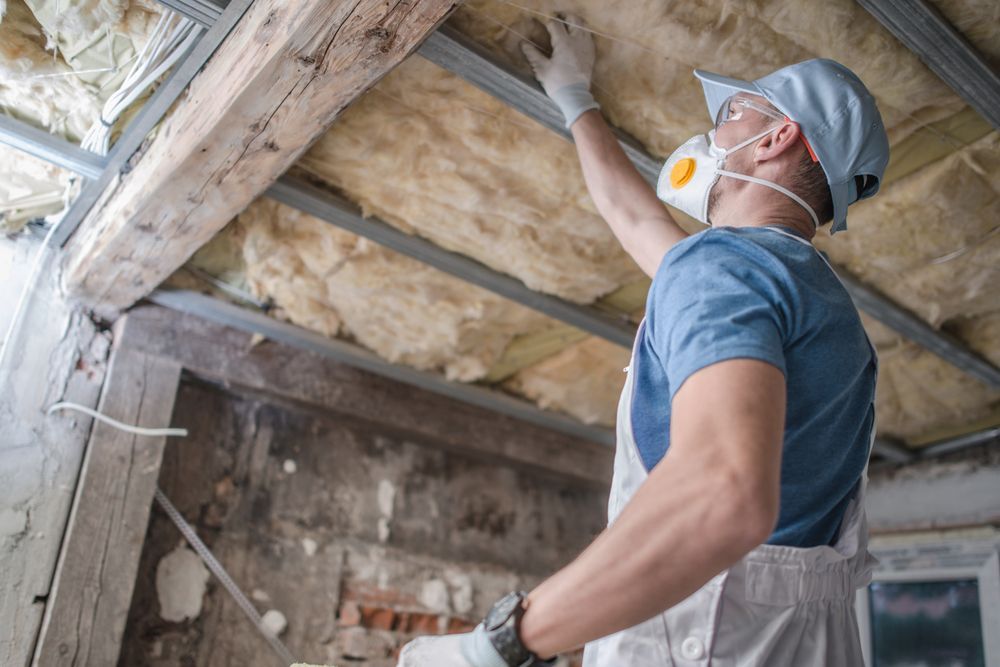
Choosing the Right Insulation for Replacement
Selecting the proper insulation for your attic or crawlspace involves considering several factors:
- Deciding on the R-Value: Seal gaps, cracks, or openings that allow air leakage or draft to the attic. This step is essential to maximize the efficiency of the new insulation
- Insulation Material : Common insulation materials include fiberglass, cellulose, spray foam, and mineral wool. Each has its pros and cons regarding cost, installation, and performance.You can discuss these in detail with our insulation experts.
- Eco-Friendliness: If sustainability is necessary, consider eco-friendly insulation options such as recycled cellulose or plant-based foam.
Insulation Replacement Process
The installation of new insulation should be done meticulously to ensure maximum effectiveness:
- Insulation Material Preparation : Preparing the chosen insulation material according to manufacturer guidelines.
- New Insulation Installation : Carefully place the new insulation in the attic or crawlspace, ensuring it fits snugly and covers all areas without gaps.
- Layering of Insulation if Required : Depending on the type of insulation, multiple layers may be applied to achieve the desired R-value.
- Securing insulation : Ensuring that the new insulation, like fiberglass or batt insulation, is securely in place, whether by stapling, adhesive, or other methods as appropriate.
- Final Inspection : Checking for coverage completeness and addressing any missed spots or potential issues.


Inspection after Insulation Installation
The installation of new insulation should be done meticulously to ensure maximum effectiveness:
- Visual Inspection : Preparing the chosen insulation material according to manufacturer guidelines.
- IThermal Imaging : Carefully place the new insulation in the attic or crawlspace, ensuring it fits snugly and covers all areas without gaps.
- Eco-Friendliness: Depending on the type of insulation, multiple layers may be applied to achieve the desired R-value.
Benefits of Proper Insulation Installation To Your Attic
